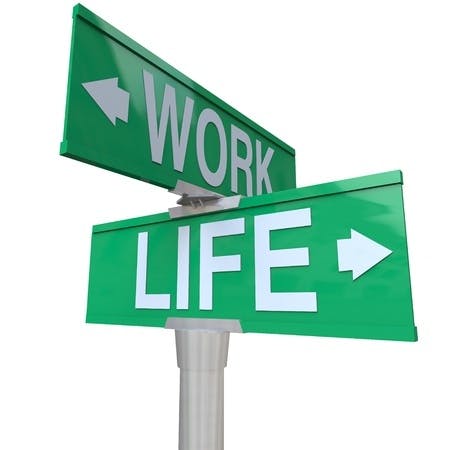According to the 2013 Better Life Index by OECD (the Organization for Economic Co-Operation and Development) we’re still fighting the battle to find balance between work and our personal lives.
Out of the 36 countries ranked on the 2013 Better Life Index, the U.S. came in at No. 28 for work-life balance, behind almost all the countries in Europe as well as Brazil, New Zealand, and Canada. Australia fell just behind the U.S at No. 29.
The top three countries for work-life balance were Denmark at No. 1, the Netherlands at No. 2, and Norway at No. 3.
Long work hours impacts America’s work-life balance
What’s the reason for the United States ranking so poorly when it came to work-life balance? Perhaps the most obvious factor is one we are probably very familiar with – Americans work long hours!
According to the Index, 11.13 percent of employees work “very long hours” each week, or 50 plus hours on average. This percentage has held fairly steady since 2004, save a minute decrease (the study ranks the average annual increase since 2004 at -0.4 percent).
For comparison purposes, approximately 9.7 percent of people in all other countries reported working “very long hours,” and in Denmark, the percentage of employees working very long hours each week was only 1.97 percent.
There are other influencers to the United States’ ranking when it comes to work-life balance.
Gender roles still heavily influence the distribution of tasks within the family, with women spending an average of 4.3 hours a day on domestic work where men spend only 2.2 hours a day. Additionally, Americans devote less time to leisure and personal care than the OECD average; that’s likely due to the simple fact that the more people work, the less time they have to spend on other activities.
Sadly, the U.S is the only OECD country without a national paid parental leave policy.
A better parental leave policy could make a difference
The study explains that though total public spending on child welfare and education in the U.S is above the OECD average, most of this money is spent later in a child’s life (on public compulsory education). This reflects that early investment in child care and support for families during and after pregnancy could have a greater focus.
Though increasing parental leave policies would raise employers’ costs, evidence shows that women who take the full leave they are offered are more likely to return to work than women who do not, an incentive for employers to increase leave policies. OECD also reports that female employment in the U.S. has been falling over the last decade despite the U.S having better career opportunities for women than most other OECD countries.
Overall, compared to most other countries on the 2013 Better Life Index, Americans work longer hours, spend less time on leisure and personal care, and take less vacation days.
How’s that working for your business? And more specifically, how’s that working for you?
This originally appeared on China Gorman’s blog at ChinaGorman.com.
